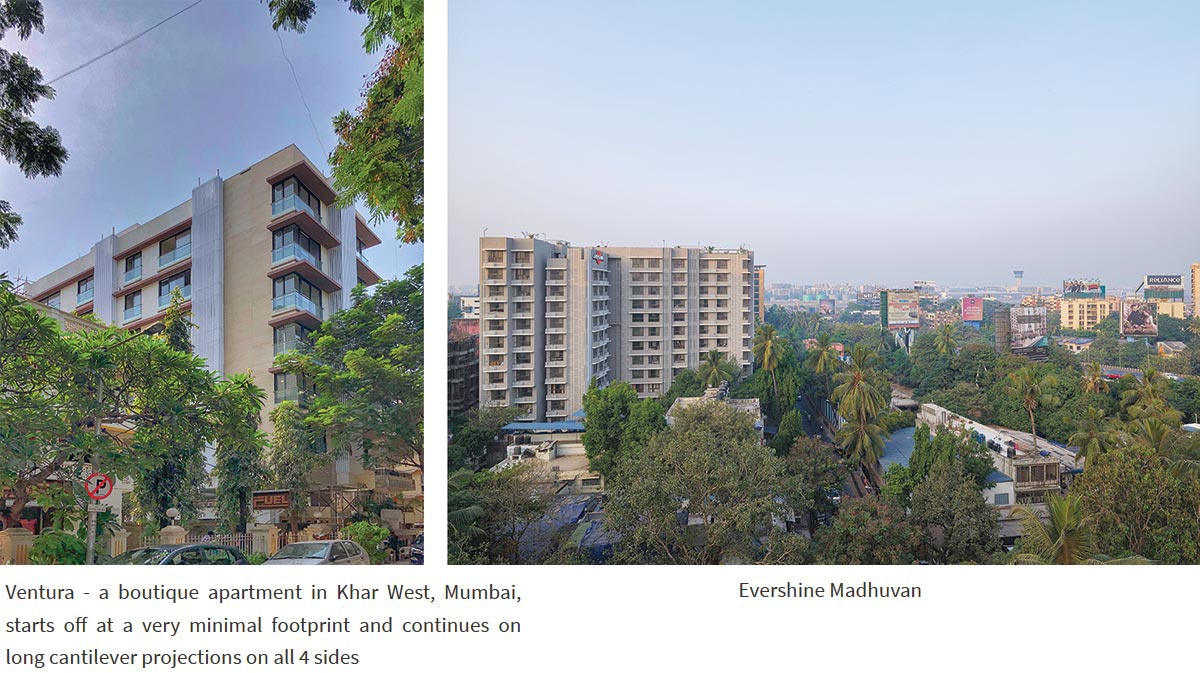
The Façade too is a largely ignored subject in Mumbai. This is mostly because of the strict development rules in the city. There is barely any breathing space for the designers to perceive a shape. Use of modern façade materials like Rainscreens, MIS Façade Panels, Wooden Louvers, Air panels, etc. can bring the right mix to the high-rise market.
Safety is a very important factor in high-rise development. A safe building can be achieved by planning for a simple circulation core, using fire resistant façade systems, fire retardant building materials and planning for proper refuge areas, etc.
I hope the high-rises of the future are not mere ivory towers but a beacon of self-sustaining, holistic, and inclusive social and economic growth in any city
There is also the social aspect of high-rise development. For instance, in vertical housing schemes, a small piece of land houses a varied mix of families with different lifestyles. A sense of a spread-out community is lost in such cases. Herein, a few breakout breathing spaces within the development will work wonders. Imagine a community garden on the 40th floor of a housing complex. Apart from emanating beautiful vistas around, it also becomes an essential place for children to play around, for adults to meet and keep the human element alive.

Sustainability, as we all know, is the need of the hour. A high-rise development is an energy-consuming giant. The need is to use energy efficient building materials, building techniques, and engage in green practices to reduce the carbon footprint of the development. Simple practices such as aligning the building face towards the North helps in bringing in light all day without increasing the heat load of the space. Use of sun screens on the East and West face of buildings also helps counter direct sunlight.
Landscape is the proverbial backbone of a high-rise development. Miniature pockets of greenery along the periphery of the development not only improves the air quality but also enhances the aesthetics of the building.















